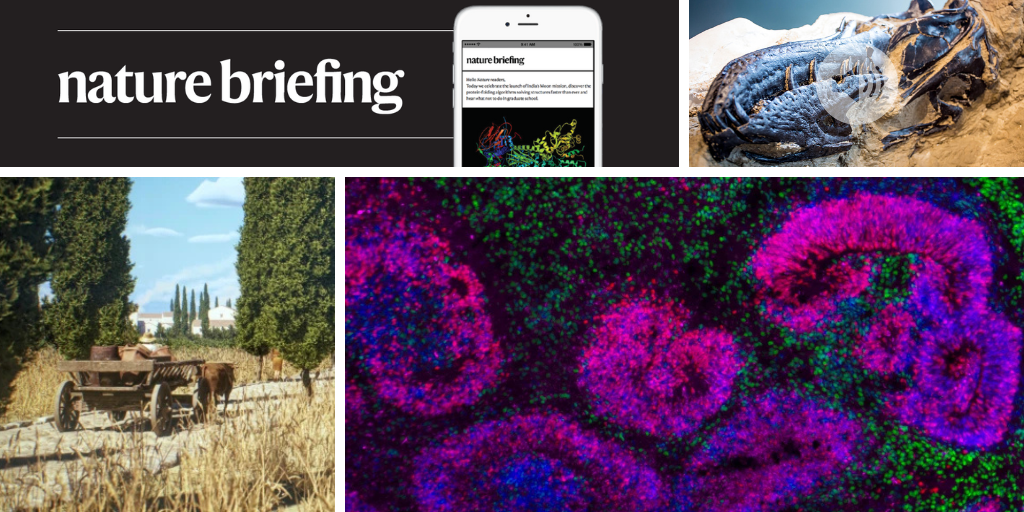
"A high-resolution 'Google Maps' for Roman roads includes nearly 300,000 kilometres of viae Romanae. It brings together fragmented data sets to show the full glory of the network that connected the empire around AD 150, when it was at its biggest. But "although the roads are one of the best-known aspects of Roman history, it's surprising how many details about them we still don't know," says historian Catherine Fletcher."
"Scientists have created the most detailed maps yet of how our brains differentiate from stem cells during embryonic development and early life. In a collection of five papers, they tracked hundreds of thousands of early brain cells in the cortices of humans and mice, and captured with unprecedented precision the molecular events that give rise to a mixture of neurons and supporting cells. "It's really the initial first draft of any 'cell atlases' for the developing brain,""
A high-resolution map compiles nearly 300,000 kilometres of viae Romanae, reconstructing the road network that connected the Roman Empire around AD 150 while noting that only about 3% of road locations are known with certainty. A set of five papers generated the most detailed cell maps of early brain development, tracking hundreds of thousands of cortical cells in humans and mice and capturing molecular events that produce neurons and supporting cells. Only an estimated 3% of US state legislators have science, engineering or healthcare backgrounds, and applications from scientists to run for office have surged. A tiny tyrannosaur specimen resolves a longstanding paleontological controversy.
Read at Nature
Unable to calculate read time
Collection
[
|
...
]